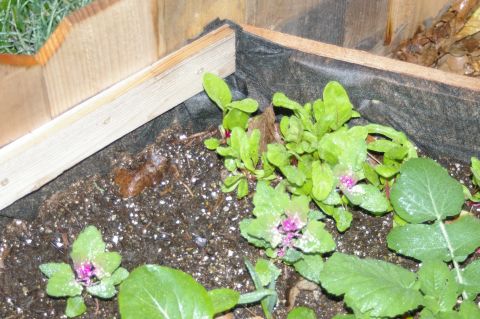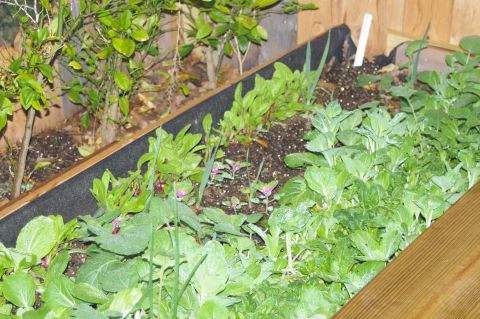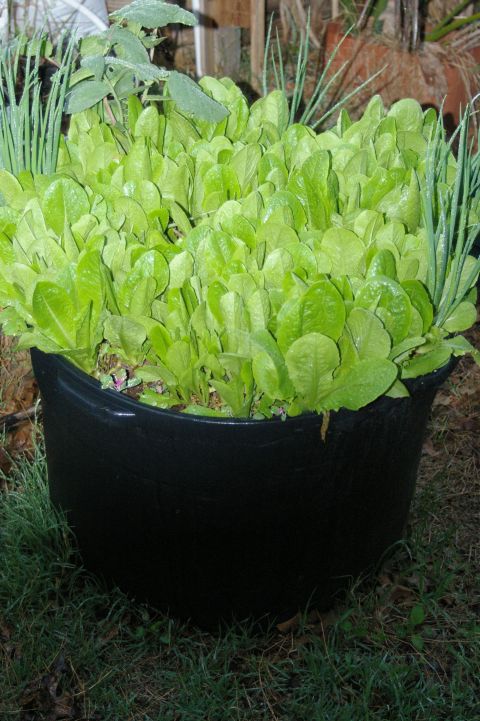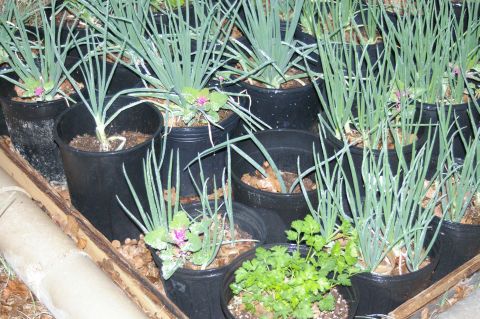Derek Cohen has done a Comparison of Diamond Grit vs Green Rouge. It is great to see interest in diamond spreading, even though this review does not come out positive for diamond grit.
For some background, Derek Cohen is in my opinion one of the great woodworkers on the net. He shares his methods and encourages others. He does amazing work. He is one of a small handful of influences that brought me into tool making. His reviews are superb, his craftsmanship, breadth of knowledge and innovation set him with the very best. I have copied more than one of his designs. Blatantly copied. I consider him a mentor, even though we have never met.
From my own experimentation with diamond grit for sharpening, I find I have to agree with his results, but not the experiment itself. The problem is that he used Veritas green rouge (0.5 microns) and compared it to 0.5 micron diamond paste that he got off of eBay a few years back. Unfair that.
I have a small collection of green rouge. Several are quite inferior for sharpening. The Lee Vally is my favorite. It does a superb job, no lie. The diamond grit however is the poor variable here. There are a couple of different crystal structures that will give varied results, and the grading of size is always an issue. When they say 0.5 micron, that could mean it was graded a bunch of different ways. For example it could be graded from 0.0 to 1.0 microns. It could also be graded from 0.4 to 0.6 microns. The 0 to 1.0 will give a maximum grit size of 1.0 and the0.4 to 0.6 will give a maximum grit size of 0.6 nearly half the size. The 0 to 1.0 will be cheaper as well, so there are good odds that this comparison is literally the best of one class of grit vs the worst of another. Additionally the physical properties of top grade grit in green rouge tends to control grit size. More of the grit will be at about 0.5.
Despite my complaints, I think his observations are going to be the truth. Grit size for grit size, I suspect that diamond will make for a rougher finish. Diamonds cut, they do less pushing and scraping. This is going to leave a difference in finish. A smooth finish at a particular grit size will be better than a rough finish. The advantage of green rouge is that it is fairly inexpensive, consistent and for the size of grit, reasonably fast. It will also leave a mirror finish. The advantage that diamond has is long wear, speed and the ability to sharpen the harder and more durable modern steels easily.
I would rather he compared best to best for stropping purposes. If the experiment were repeated using 0.0 to 0.25 micron diamond paste, he would get a very different outcome. I think he would find that the diamond was, despite being a finer grit, still quite a bit faster. While it will still leave a misty finish instead of a mirror finish, it will cut quite smoothly. I really need to send him a sample of some good diamond grit.
Bob







 A page Dedicated to My Writing
A page Dedicated to My Writing
Recent Comments